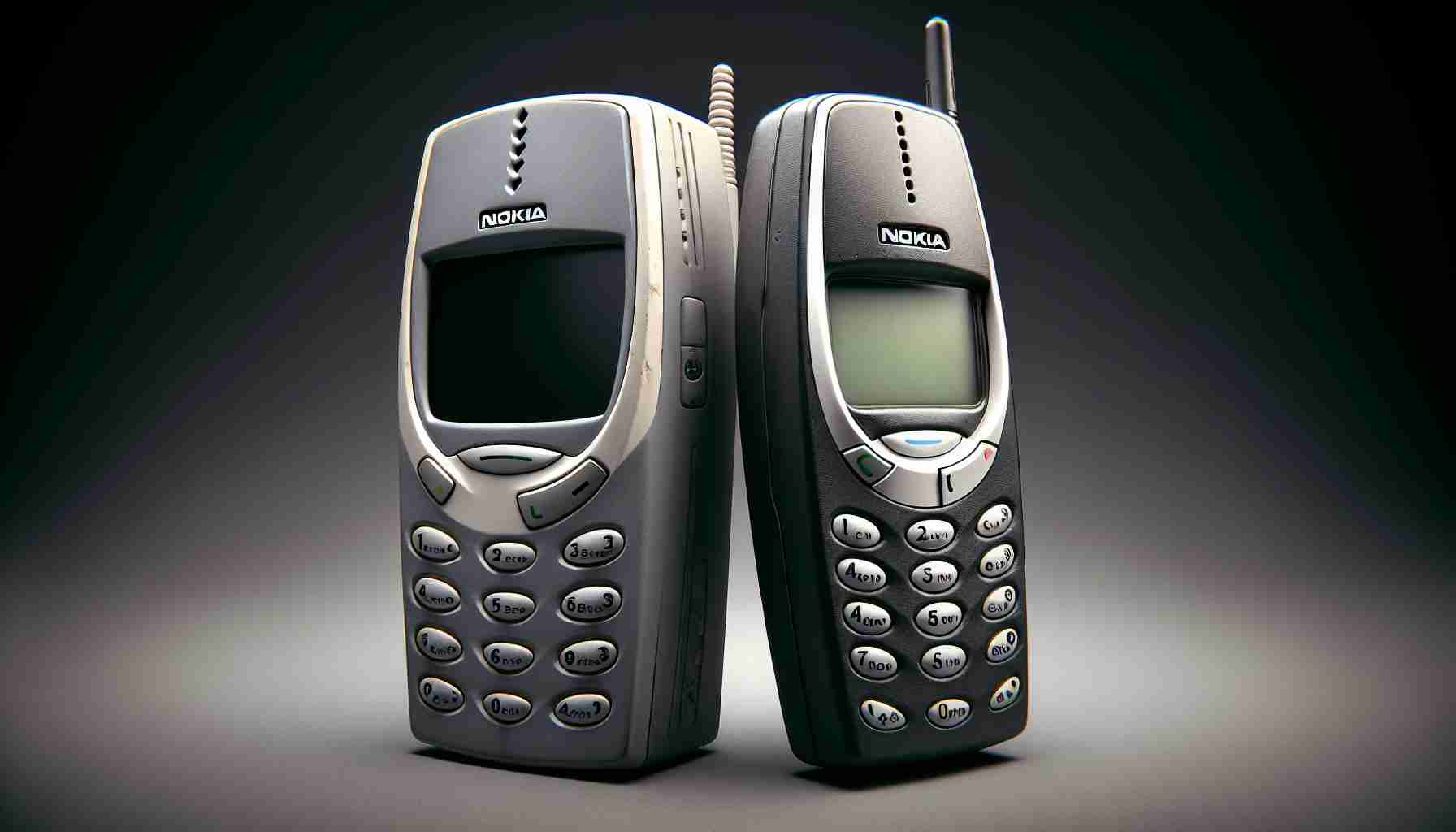Nokia has taken a delightful leap into the past with the introduction of their latest phones, the Nokia 6310 and Nokia 5310. Designed by HMD Global, these retro-inspired devices offer consumers a chance to relive the simpler times while still staying connected in a refreshingly lower-tech way.
The Nokia 6310 is a modernized version of the original device from 2001. It retains the iconic design elements that made it a beloved classic while introducing a more compact and refined form factor. With a powerful 1,450mAh battery and USB-C ports for charging, this phone seamlessly combines nostalgia with modern-day convenience.
For those who remember the joy of owning a Nokia XpressMusic model, the Nokia 5310 is bound to bring back cherished memories. Its design draws inspiration from its predecessor, evoking a sense of nostalgia and excitement. Equipped with dual-SIM compatibility and the same 1,450mAh battery as the Nokia 6310, this device offers a balanced blend of functionality and vintage charm.
One notable aspect of these new Nokia phones is their connectivity. Rather than opting for the latest network technologies, such as 4G or 5G, the devices connect via 2G. While this may limit their connectivity capabilities, it presents an appealing option for consumers seeking a break from the constant digital noise. Embracing the slower pace of 2G, these phones allow individuals to stay partially connected while enjoying a more focused and intentional mobile experience.
In a world dominated by ever-advancing technology, Nokia’s latest offerings provide a refreshing alternative for those who yearn for simplicity and a touch of nostalgia. The Nokia 6310 and Nokia 5310 offer a gateway to the past, reminding us of a time when staying connected meant cherishing every call and text message. So, if you’re looking for a trip down memory lane, while still maintaining a foot in the present, these new Nokia phones are the perfect companions for your journey
The introduction of the Nokia 6310 and Nokia 5310 phones by HMD Global taps into the current market trend of nostalgia and simplicity. These retro-inspired devices offer consumers a chance to relive the past while still staying connected.
The mobile phone industry has transformed significantly since the introduction of the first Nokia 6310 in 2001. With the rise of smartphones and the increasing reliance on the internet for communication and connectivity, these new Nokia phones provide a unique alternative for individuals seeking to escape the constant digital noise.
Market forecasts suggest that there is a demand for devices that offer a break from the fast-paced and high-tech smartphone experience. Many consumers are looking to disconnect and embrace a simpler, more intentional mobile experience. The Nokia 6310 and Nokia 5310 cater to this demand by embracing 2G connectivity instead of the latest network technologies.
While this choice of connectivity may limit the phones’ capabilities in terms of internet browsing and downloading speeds, it appeals to a specific segment of the market. These phones offer a more focused and intentional mobile experience, allowing users to stay partially connected while enjoying a slower pace.
Issues related to the industry or product include the potential limitations of 2G connectivity. As technology continues to advance, the infrastructure for 2G networks may become less accessible or reliable in certain regions. Therefore, it is important for consumers to consider their location and network coverage before purchasing these devices.
In conclusion, Nokia’s latest offerings provide a refreshing alternative in the mobile phone industry. By tapping into the nostalgia-driven market trend and offering a simpler and more intentional mobile experience, the Nokia 6310 and Nokia 5310 appeal to those seeking a break from the constant digital noise. While the choice of 2G connectivity may present some limitations, these phones offer a gateway to the past while still maintaining some connection to the present.
The source of the article is from the blog regiozottegem.be
